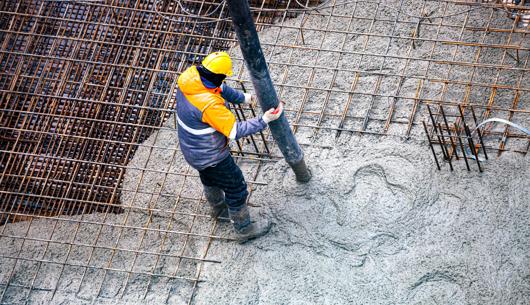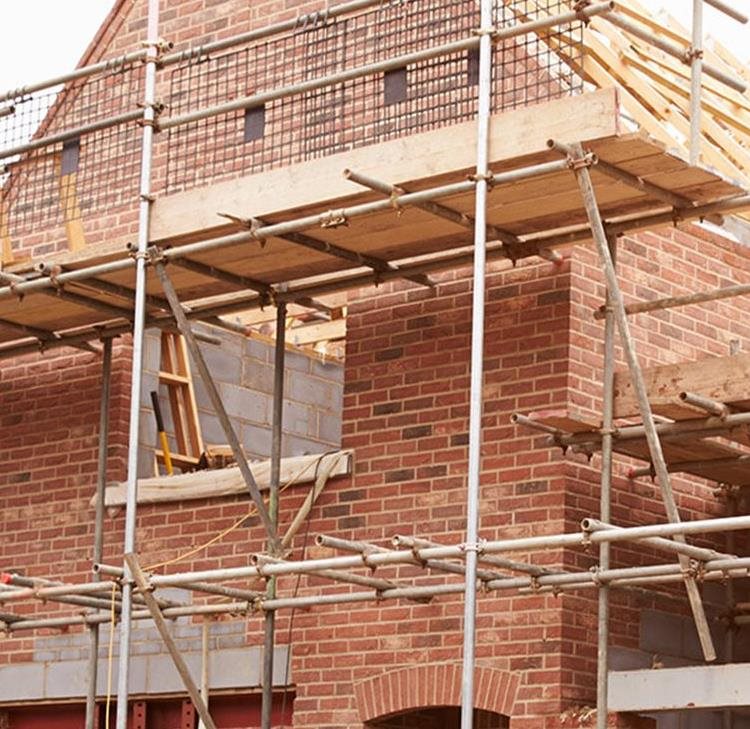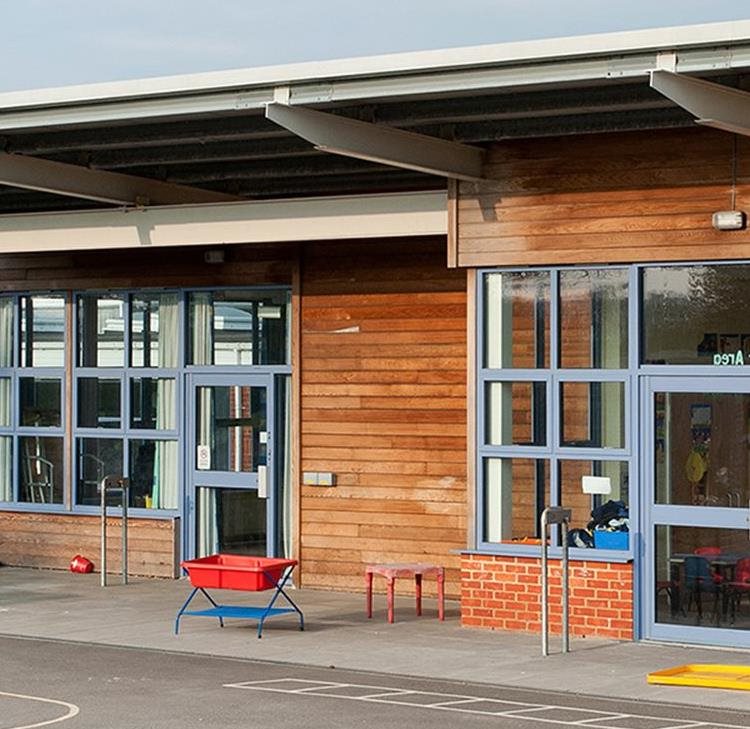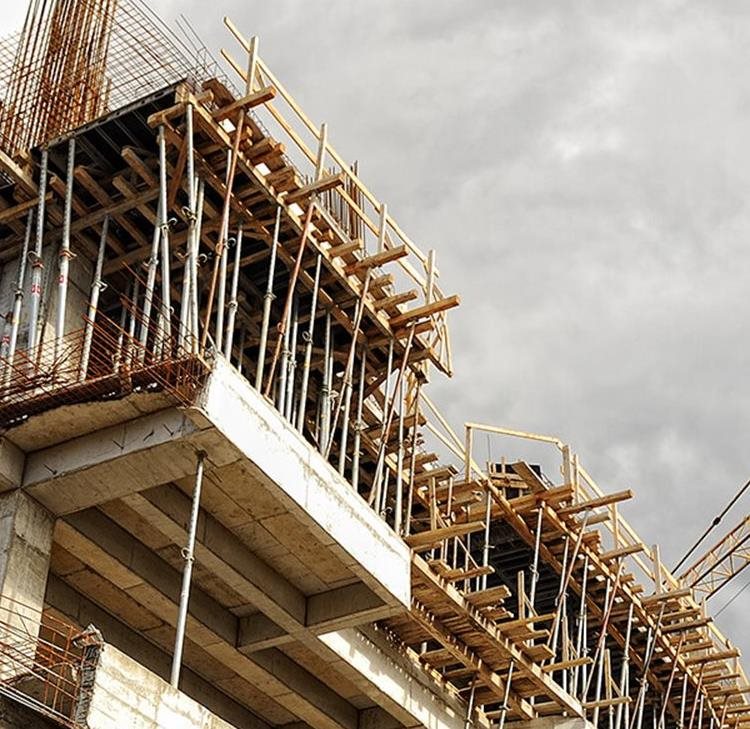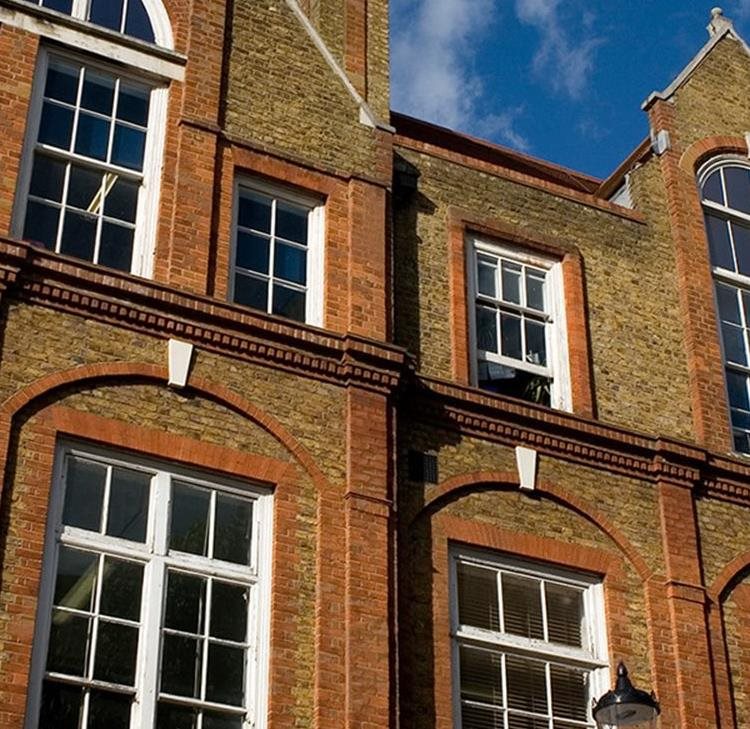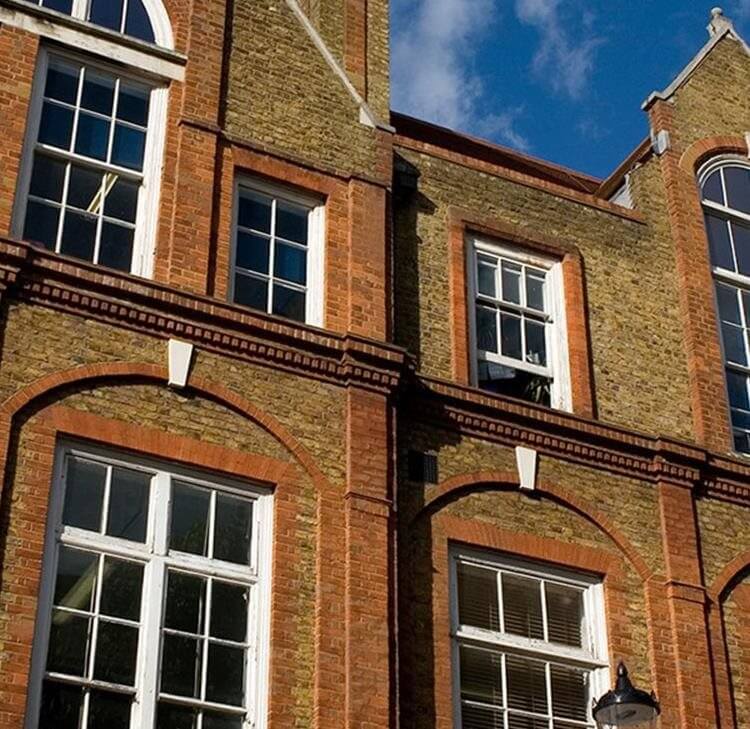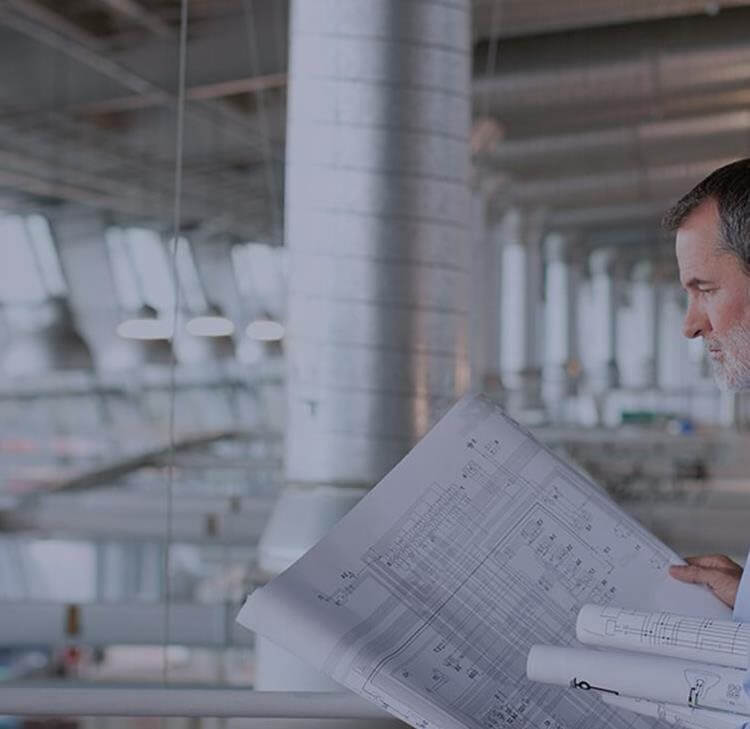In light of new evidence, more than 100 schools in the United Kingdom have been told to immediately shut buildings that were built with reinforced autoclaved aerated concrete (RAAC) due to the risk of collapse, unless mitigations are put in place.
The Department for Education (DfE) previously conducted an investigation into RAAC in schools for over a year and concluded there is a "very likely and critical" risk of injury or death from a school building collapse. This latest move by the DfE to close more than 100 schools further highlights this risk, with many students and school staff set to be disrupted a matter of days before the new school year and term commences.
Why is RAAC problematic?
RAAC resembles conventional concrete but is a lightweight alternative that was used extensively in building projects across the United Kingdom from the 1950s through to the 1990s. However, subsequent examination revealed its inferior durability compared with traditional concrete – it has a lifespan of only 30 years and it remains vulnerable to collapsing upon exposure to moisture.
In cases where RAAC is identified within school structures, repairs and corrective measures are critical because of the speed at which it can deteriorate and collapse. Notably, a primary school in Kent saw its roof collapse just 24 hours after the initial indications of structural strain surfaced. Following this incident in Kent, the Office of Government Property issued a safety advisory outlining the perils associated with RAAC and explicitly stated that "RAAC is now past its useful life and prone to collapse."
Assessing and responding to the risk of RAAC
Acknowledging RAAC as a foremost hazard to schools, the DfE has released non-statutory guidelines to help those responsible for their management. These guidelines set out a five-step process, providing a foundational framework for school administrators to better understand and respond to the risks that RAAC poses.
It is important that the risks posed by RAAC are investigated thoroughly (such as with a structural assessment conducted by a qualified provider) and quickly, with appropriate management and remediation strategies adopted to ensure the risks posed by RAAC are mitigated. Failure to do so puts staff and students alike, as well as schools and their reputations, at significant risk, as well as causing major disruption to the learning of students.
If you have further questions on this, or on any other related matters, please contact us on the details below. We will be glad to help.
You may be interested in...
Legal Update
Reinforced Autoclaved Aerated Concrete (RAAC)
Guide
Construction contract limitation periods: A guide for schools
Guide
School estate and workplace risk: Is radon on your radar?
Legal Update
Be prepared for the 2025-26 school year
Opinion
Regulator warning on future dangers of asbestos
Press Release
Half of school leaders think Ofsted does not have the expertise for Multi-Academy Trust inspections, according to new survey
Legal Update
Public Sector Decarbonisation Scheme update October 2023: More funding announced
Legal Update - RAAC
RAAC: the tip of the iceberg for school building safety
Legal Update
What does ‘RAAC’ mean for university campuses?
Legal Update
Covering the costs of RAAC – new guidance published
Legal Update
Introducing the Estates Competency Framework
Published Article - RAAC
RAAC: 5 questions to guide investigations
Legal Update - RAAC
Reinforced Autoclaved Aerated Concrete ('RAAC') implications for schools
Published Article - RAAC
Action needed: How RAAC became a critical issue
Legal Update - RAAC
Insurance considerations of RAAC failures - air bubbles belong in chocolate, not concrete!
Legal Update
100+ schools told to close immediately due to threat of Reinforced Autoclaved Aerated Concrete
Legal Update - RAAC
The RAAC crisis: Is it really back-to-school this September?
Legal Update
School building safety is ‘a critical risk’
Legal Update
Assured shorthold tenancies for schools… let them have it!
Guide
FAQs – academy re-brokerage
Opinion
Implementation of the Fire Safety (England) Regs 2022
Guide
FAQs - converting to academy status
Press Release
Law firm picks up record breaking sixth Education Investor Award
Browne Jacobson’s education team has been named as winner of the ‘Legal Advisors to Education Institutions’ category at the Education Investor Awards 2022 for a record sixth time.
Press Release
Thousands take part in virtual careers event to help increase diversity in the legal profession
Over 3000 young people from across the UK and Ireland took part in a virtual legal careers insight event, aimed at making the legal profession more diverse.
Legal Update
Browne Jacobson’s market leading Education expertise recognised again in latest Legal 500 rankings
The new set of Legal 500 directory rankings have been published and we are proud to once again be recognised as one of the country’s leading firms advising the Education sector.
Published Article
RAAC planks and its impact on local authorities
Recent reports of flat roofs constructed using RAAC planks collapsing without warning prompted the SCOSS alert.
Press Release
Browne Jacobson’s C-suite exec level coaching team appoints two new education specialists
National law firm Browne Jacobson has grown its team behind its dedicated Space + Time executive coaching programme with the addition of two more qualified coaches who will work with clients in the education sector.
Opinion
Fines for unsafe removal of asbestos in schools
In order to reduce the risk of potential breaches, schools should follow this Health and Safety Executive guidance.
Press Release
Browne Jacobson hosts UK’s largest virtual legal careers event to boost access to careers in law
Press Release
New benchmarking service now available to guide the remuneration of school trust executive teams
The Confederation of School Trusts (CST), as the sector body for School Trusts, today releases a salary benchmarking service for executive roles in School Trusts, in conjunction with partners XpertHR, Cendex and Browne Jacobson.
Legal Update
Consultation opens on a revised Building Bulletin 100 design guide for fire safety in schools
Opinion
Government announces ten-year programme of school rebuilding
Ambitious funding plans, announced recently by the Prime Minister, have made clear that spending on school buildings is seen as a key element of efforts to stimulate the economy post-COVID.
Legal Update
Building for the future
As the new year comes into view, many schools will be considering plans to build or to extend their facilities next year.
Legal Update
O’Byrne Re Land at Tubney, Manor Farm [2018] UKUT 395 (LC) and Roberts v Parker and another [2019] EWCA Civ 121
A couple of cases on the interpretation of easements create no new law, but illustrate a couple of important points.



